[Visual History of Korea] Kimchi, the indispensable national dish of Korea
By Korea HeraldPublished : March 12, 2022 - 16:00
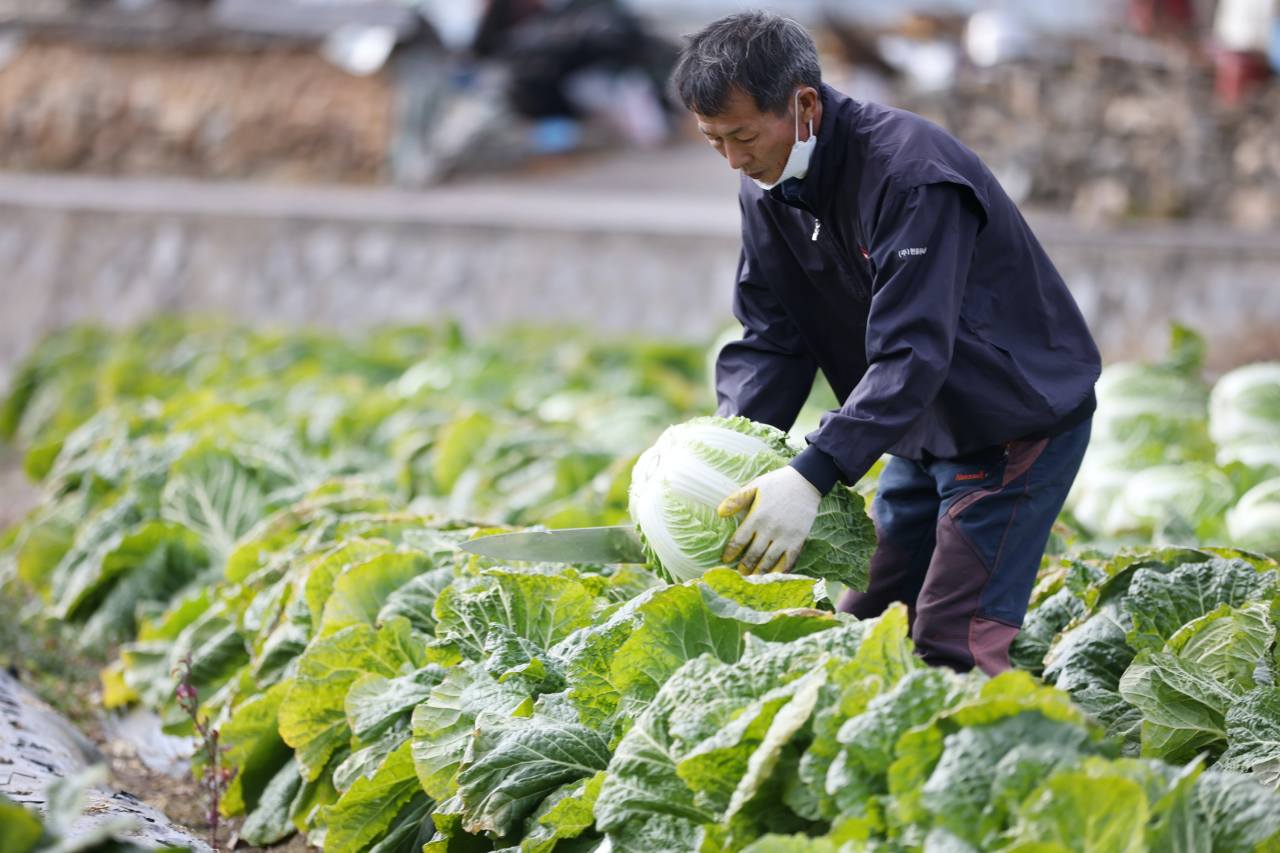
Over its long history, Korea has suffered, losing at times and recovering her land, language, history and culture. But Koreans never lost their indispensable national dish, kimchi.
Kimchi is the staple of Koreans everywhere, including the Korean diaspora, which stretches as far as North and South Americas, Europe and the Middle East, Africa and all of Asia.
Growing up in the US, I didn‘t always have kimchi on my dining table, but I enjoyed it when I could.
When journalists from Korea accompany Korean presidential visits to the US, they can be seen sitting down for a meal with kimchi on arrival in Washington, only 15 hours after having left Korea.
When I led the 1998 Clinton-Lewinsky scandal coverage in Washington for the Associated Press, we had many late night stakeouts, which meant getting takeout Korean meals from our favorite Korean restaurant on 21st Street NW.
Kimchi is the staple of Koreans everywhere, including the Korean diaspora, which stretches as far as North and South Americas, Europe and the Middle East, Africa and all of Asia.
Growing up in the US, I didn‘t always have kimchi on my dining table, but I enjoyed it when I could.
When journalists from Korea accompany Korean presidential visits to the US, they can be seen sitting down for a meal with kimchi on arrival in Washington, only 15 hours after having left Korea.
When I led the 1998 Clinton-Lewinsky scandal coverage in Washington for the Associated Press, we had many late night stakeouts, which meant getting takeout Korean meals from our favorite Korean restaurant on 21st Street NW.
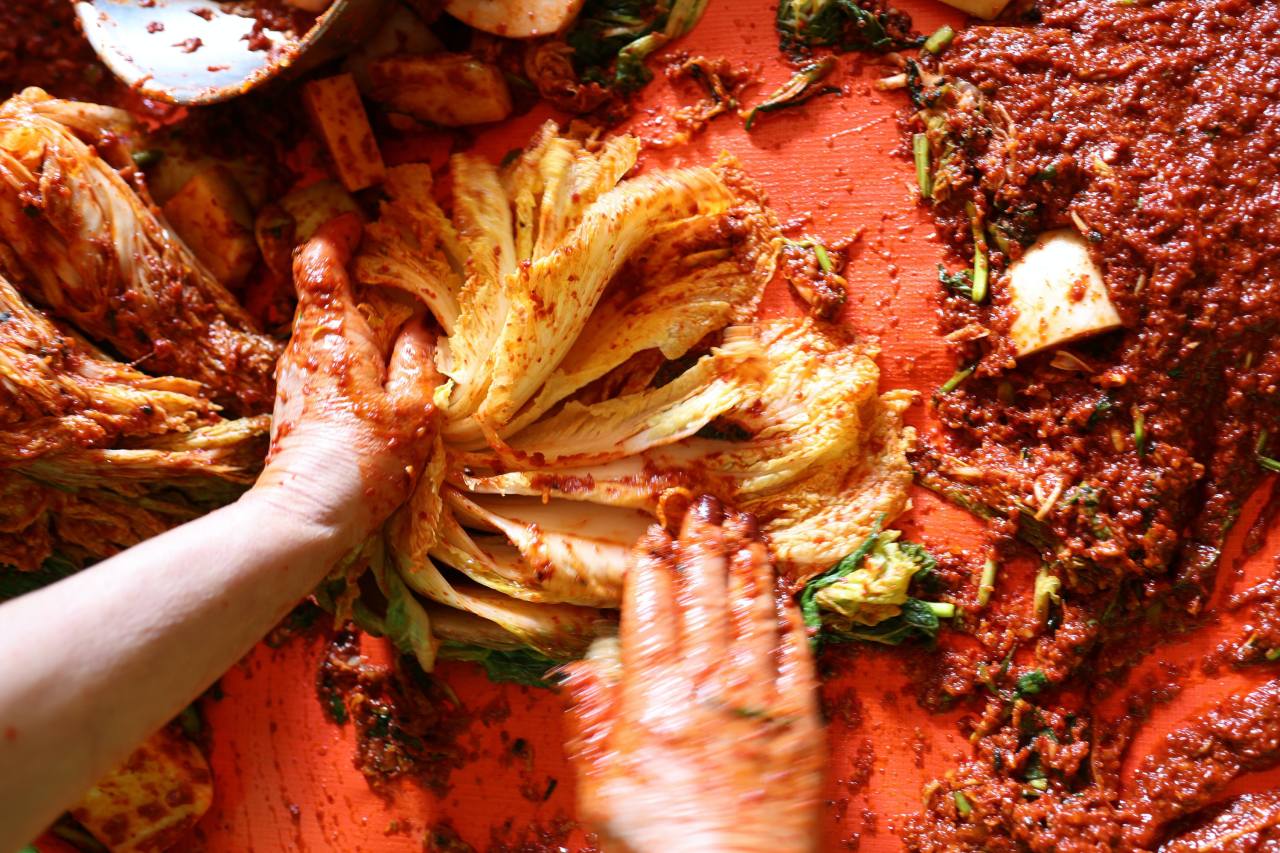
We definitely christened the West Wing at the White House with the unique smell of kimchi from our takeout dinners during those endless nights of covering former President Clinton, who was famous for being late to everything, including his return to the White House at the end of the day.
Koreans have a kimchi refrigerator or two, which maintains the optimal temperature of minus 1 degree Celsius, just below freezing point.
I have met people in Korea who do not own a car, but have a kimchi refrigerator.
These days one can even find kimchi at Costco stores. “I keep a jar of kimchi in the refrigerator. It’s part of what I eat regularly while my girlfriend doesn’t like it,” said Michael Brancati, an Italian Canadian in Toronto, Canada.
In one of the most remote locations in Korea, in Yeongyang County, North Gyeongsang Province, which is not connected by any railroad or highway, Yi Dong-yeong, 75, has been making kimchi for the past 57 years, ever since marrying her husband Nam Jae-bong.
Koreans have a kimchi refrigerator or two, which maintains the optimal temperature of minus 1 degree Celsius, just below freezing point.
I have met people in Korea who do not own a car, but have a kimchi refrigerator.
These days one can even find kimchi at Costco stores. “I keep a jar of kimchi in the refrigerator. It’s part of what I eat regularly while my girlfriend doesn’t like it,” said Michael Brancati, an Italian Canadian in Toronto, Canada.
In one of the most remote locations in Korea, in Yeongyang County, North Gyeongsang Province, which is not connected by any railroad or highway, Yi Dong-yeong, 75, has been making kimchi for the past 57 years, ever since marrying her husband Nam Jae-bong.
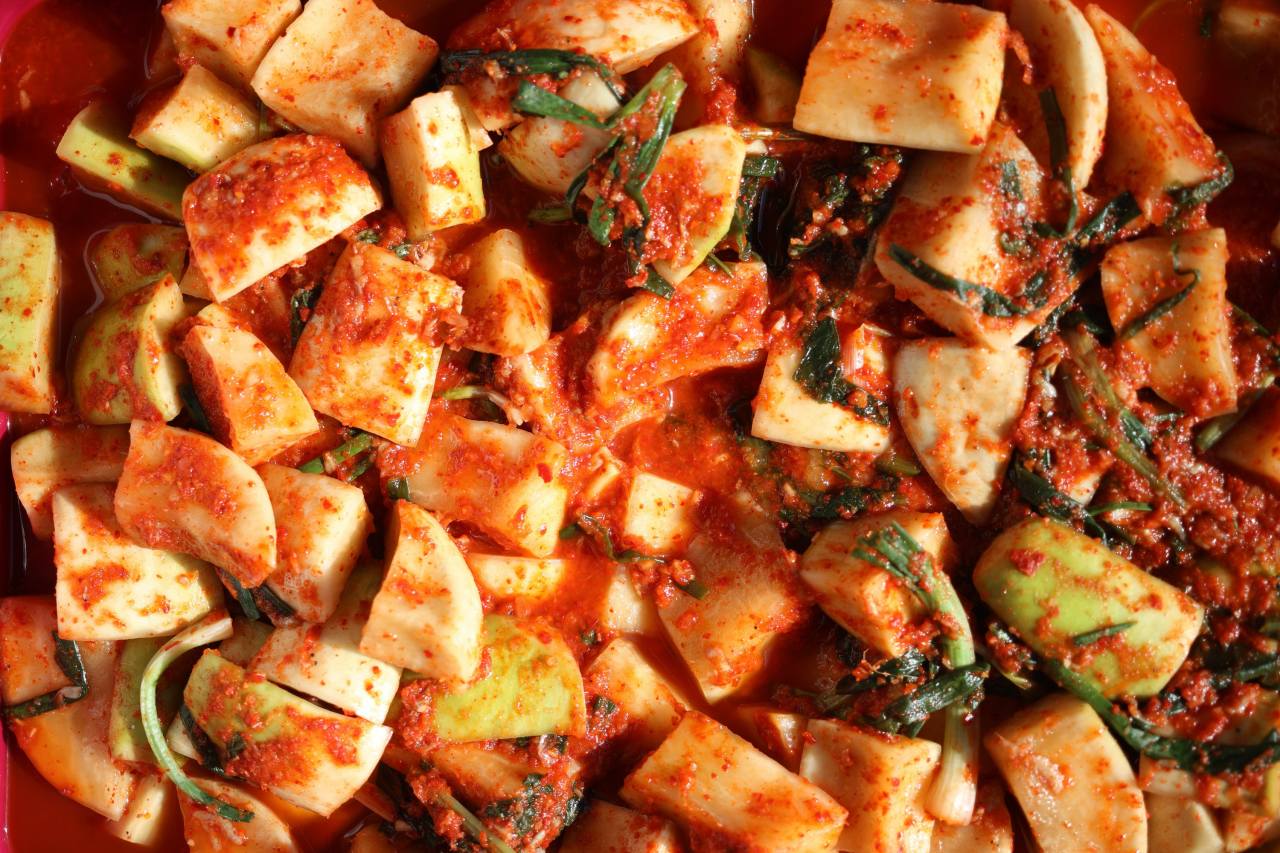
No family event brings the whole family together like the annual gimjang, or kimchi making, at Yi’s home, when everyone she can muster helps out to make kimchi in the first week of November.
Yi used 500 heads of cabbage at last year‘s gimjang.
“I only had one container of kimchi left from the previous year’s gimjang” said Yi. “So we made a little more kimchi this year, using about 600 heads of cabbage.” In some years, she said they used as many as 1,000 heads of cabbage.
Yi keeps her kimchi in her kimchi refrigerator and in her kimchi storage shed, an underground pantry where temperature stays constant throughout the year. She regularly ships packages of kimchi throughout the year to her five daughters, son, close relatives, and one of her daughter’s friends.
Yi grows almost everything needed, including the chili, to make the stuffing for kimchi. Chili powder is one of the most important ingredients in making kimchi, and it so happens that Yeongyang County is known for its exceptionally high quality chili.
Yi used 500 heads of cabbage at last year‘s gimjang.
“I only had one container of kimchi left from the previous year’s gimjang” said Yi. “So we made a little more kimchi this year, using about 600 heads of cabbage.” In some years, she said they used as many as 1,000 heads of cabbage.
Yi keeps her kimchi in her kimchi refrigerator and in her kimchi storage shed, an underground pantry where temperature stays constant throughout the year. She regularly ships packages of kimchi throughout the year to her five daughters, son, close relatives, and one of her daughter’s friends.
Yi grows almost everything needed, including the chili, to make the stuffing for kimchi. Chili powder is one of the most important ingredients in making kimchi, and it so happens that Yeongyang County is known for its exceptionally high quality chili.
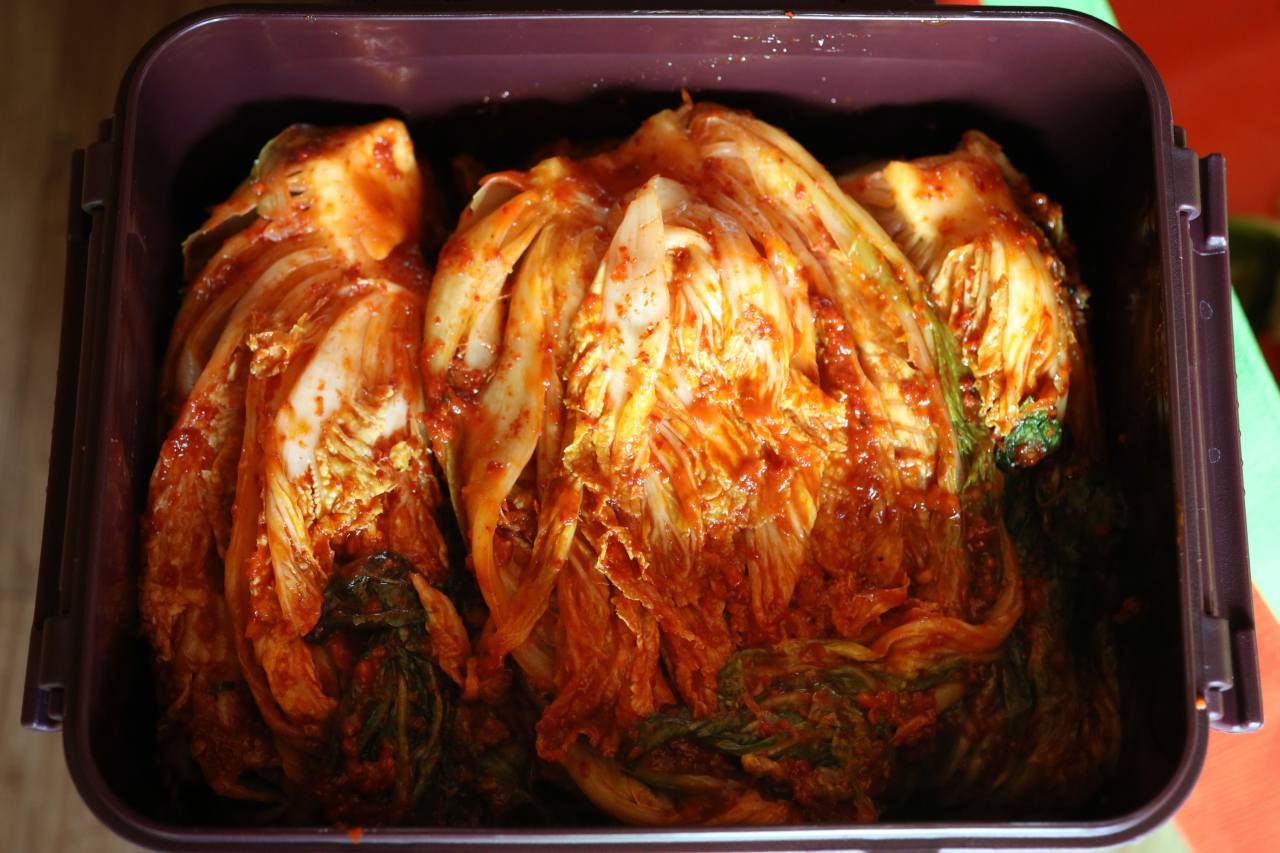
“We planted the cabbage five days after jungbok, which was on July 21, and we harvested it on Wednesday of the first week of November,” said Yi.
It took all day for the elderly couple, Yi and Nam, 81, to harvest 600 heads of cabbage from their 120-pyeong (400-square-meter) field.
The taste of kimchi has everything to do with how well the cabbage is soaked in brine and then salted.
The cabbage heads were immediately prepped with sea salt from Sinan County in South Jeolla Province which her second daughter Nam Ae-gyeong had ordered.
“Properly aged sea salt which has been drained of sea water does not wet your hands and it has a sweet and refreshing aftertaste,” said Nam Ae-gyeong.
It took all day for the elderly couple, Yi and Nam, 81, to harvest 600 heads of cabbage from their 120-pyeong (400-square-meter) field.
The taste of kimchi has everything to do with how well the cabbage is soaked in brine and then salted.
The cabbage heads were immediately prepped with sea salt from Sinan County in South Jeolla Province which her second daughter Nam Ae-gyeong had ordered.
“Properly aged sea salt which has been drained of sea water does not wet your hands and it has a sweet and refreshing aftertaste,” said Nam Ae-gyeong.
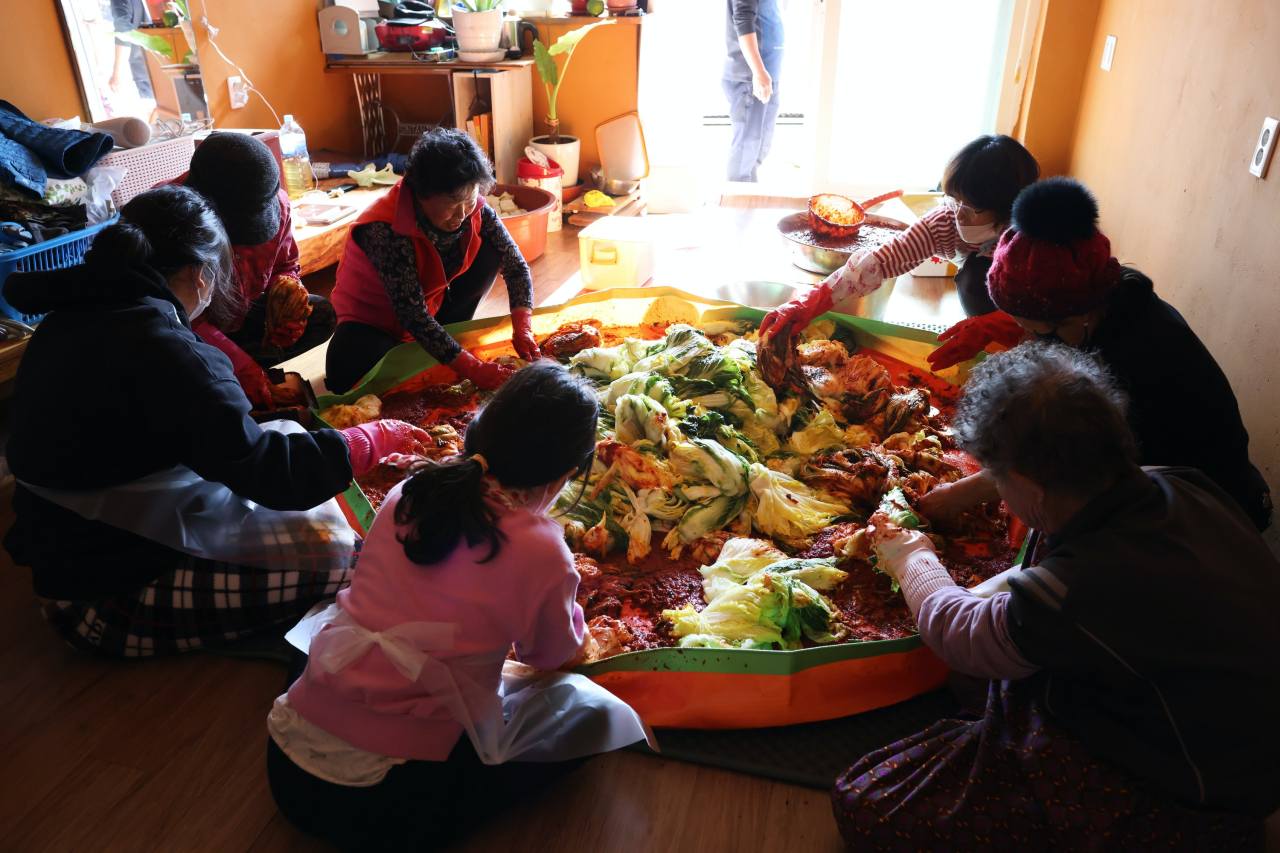
After marinating for eight to nine hours with the sea salt, the cabbage heads were washed in running water with help from Yi’s second son-in-law, and left to drain overnight on Friday.
On Saturday, family and friends sat around a kimchi mat, a kimchi prep playpen, to season each head of marinated cabbage with the mixture Yi had prepared earlier.
The secret to Yi’s kimchi is her seasoning mixture, made using no less than 20 ingredients. The ingredients are: chili powder, julienned radish, minari, leaf mustard, green onions, persimmon, Korean pear, Codium fragile, chopped radish, garlic, ginger, onion skin, shrimps, glutinuous rice paste, dried kelp, dried anchovies, dried pollack, fish sauce, Kuruma prawns and plum extract.
Needless to say, making kimchi with proper ingredients is backbreaking work. “I’m thinking about making half as much kimchi next year. It’s just too much work.” Yi said.
By Hyungwon Kang (hyungwonkang@gmail.com)
---
Korean American photojournalist and columnist Hyungwon Kang is currently documenting Korean history and culture in images and words for future generations. -- Ed.
On Saturday, family and friends sat around a kimchi mat, a kimchi prep playpen, to season each head of marinated cabbage with the mixture Yi had prepared earlier.
The secret to Yi’s kimchi is her seasoning mixture, made using no less than 20 ingredients. The ingredients are: chili powder, julienned radish, minari, leaf mustard, green onions, persimmon, Korean pear, Codium fragile, chopped radish, garlic, ginger, onion skin, shrimps, glutinuous rice paste, dried kelp, dried anchovies, dried pollack, fish sauce, Kuruma prawns and plum extract.
Needless to say, making kimchi with proper ingredients is backbreaking work. “I’m thinking about making half as much kimchi next year. It’s just too much work.” Yi said.
By Hyungwon Kang (hyungwonkang@gmail.com)
---
Korean American photojournalist and columnist Hyungwon Kang is currently documenting Korean history and culture in images and words for future generations. -- Ed.
-
Articles by Korea Herald








![[KH Explains] Hyundai's full hybrid edge to pay off amid slow transition to pure EVs](http://res.heraldm.com/phpwas/restmb_idxmake.php?idx=644&simg=/content/image/2024/04/18/20240418050645_0.jpg&u=20240419100350)







![[From the Scene] Monks, Buddhists hail return of remains of Buddhas](http://res.heraldm.com/phpwas/restmb_idxmake.php?idx=652&simg=/content/image/2024/04/19/20240419050617_0.jpg&u=20240419175937)

![[KH Explains] Hyundai's full hybrid edge to pay off amid slow transition to pure EVs](http://res.heraldm.com/phpwas/restmb_idxmake.php?idx=652&simg=/content/image/2024/04/18/20240418050645_0.jpg&u=20240419100350)

![[Today’s K-pop] Illit drops debut single remix](http://res.heraldm.com/phpwas/restmb_idxmake.php?idx=642&simg=/content/image/2024/04/19/20240419050612_0.jpg&u=)